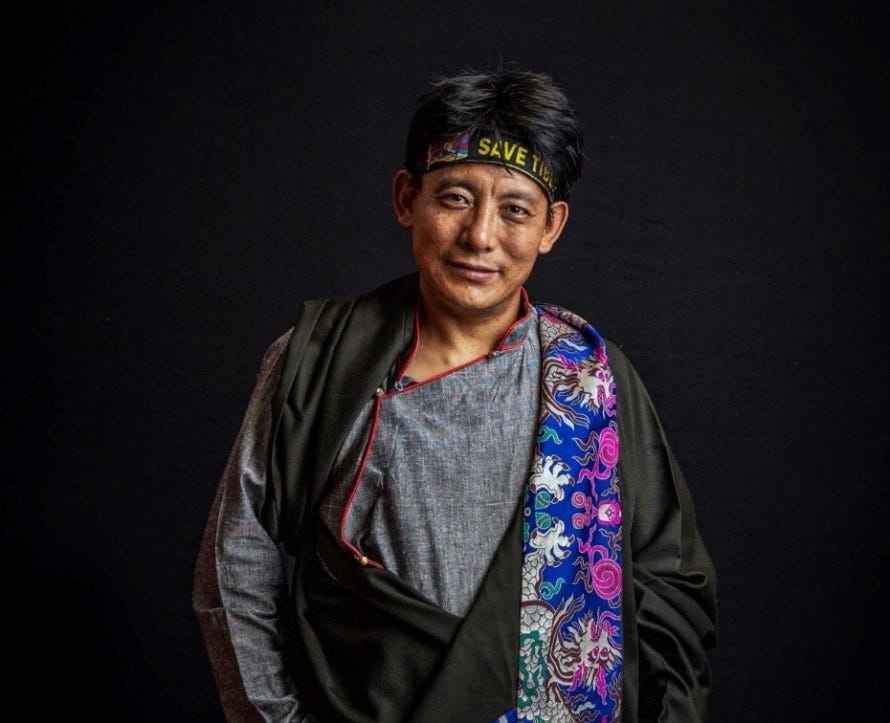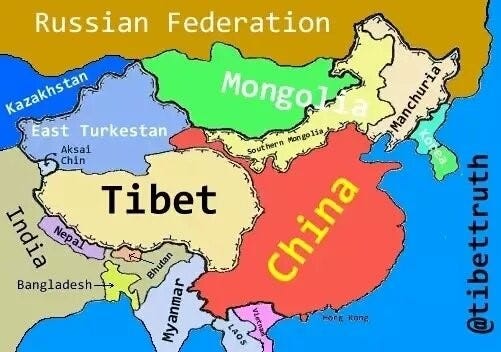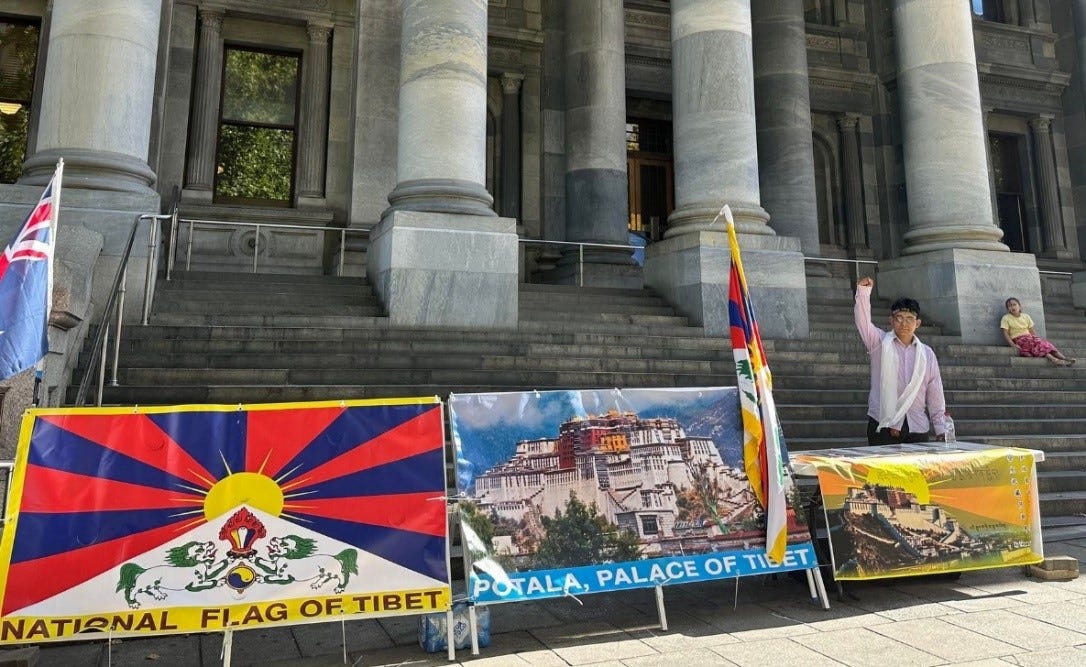
Australia is home to nearly 3,000 Tibetans. This number has increased steadily by around 100 new Tibetans a year. Almost all are on humanitarian visas.
3,000 is not a huge number, but it fills up the whole town of, say, McLaren Vale, a well-known wine-producing region in South Australia. Whilst it may sound quite cozy, the reality of life for these Tibetans, of course, is nothing like sipping delicious wine.
These Tibetans are political prisoners who have fled Tibet and come to Australia for safety, due to the brutal persecution by Beijing since its Tibet annexation in 1951. Although it may seem like a long time ago, the human rights abuses in Tibet have not stopped since the Chinese invasion.
Religious persecution has been a consistent theme in China. Liberty Itch has reported the Chinese Communist Party’s unspeakable abuses of the Uyghurs, Christians, and Falun Gong.
The Chinese regime is determined that all their citizens worship nothing but the Chinese Communist Party – except that Tibetans are not even ‘Chinese citizens.’ Like East Turkistan, Tibet was an independent neighbouring country on the Western side of China.

It’s unfortunate to be China’s neighbours, as their autonomy and freedom are constantly at risk.
Alarmingly, the CCP’s invasion of economically weaker countries is not just a matter of history. We know that Taiwan is the next immediate invasion target while the Indo-Pacific region has received increasing ‘interest’ and economic coercion by the Chinese State.Subscribe
It is not right that only the Chinese propaganda machine has the power to narrate history. Liberty Itch is eager to reach out to individuals, who possess first-hand stories of what has occurred in their nation’s history.
We made contact with Perth based Tibetan Australian, Tenpa Dargye, who spent five years in a Chinese prison from 2001 to 2006. He is a direct victim of the atrocities committed by the Chinese government. Although he is well settled in Australia, his life continues to be impacted today.
Tanpa visited Adelaide last week and the interview was conducted face to face.
- Liberty Itch: Please tell us about your experience in Tibet.
- Tenpa Dargye: I was born and grew up in the Golog of Eastern Tibet. Today, Tibet is the least free country in the world, among the same ranks of Syria and South Sudan. I believe in Buddhism and my spiritual leader is the Dalai Lama. I meditate regularly and believe in peace and kindness.

- Prior to People’s Republic of China’s invasion in 1950, Tibet was an independent country with its own government, military, national flag, language and currency. The majority of Tibetans practice Buddhism and respect the nature that inherits the Ancient Bon Religion, the indigenous religious tradition of Tibet.
- Since 1987, the PRC government suddenly tightened its control over the three regions of Tibet again. I was imprisoned by the Colonial Government of the PRC for practicing the political vision of the 14th Dalai Lama. I was in prison for five years from 2001 to 2006. I was released in 2006 but I got arrested again, during the 2008 Tibetan uprising, for another two months.
- LI: Five years is a long time. What was it like in a Chinese prison during this period?
- TD: I was in a Colonial Government prison in Lhasa, which is the capital city of Tibet. The interrogations in prison were unbearable. Without given any reason, I was given electric shocks to my heart and mouth. The PRC prison guards seemed to enjoy causing anguish, as they were laughing after giving me each shock. During interrogations, they demanded I recant my faith in the Dalai Lama and declare loyalty to the Chinese Communist Party. I felt powerless and terrified.

- I was finally released in 2006 on admitted that the Chinese Communist Party rule was the best rule for all Tibetans. I was coerced into admitting it so I could get out of prison.
- Then in 2008, I was arrested again for two months. Arbitrary arrest and detention are ‘normal’ in Tibet. I was arrested for ‘having incorrect sentiment’ towards to Chinese Communist Party.
- This time when they released me, I fled to India. India is a common place to which Tibetans escape, because of its proximity to Tibet.
- LI: How did you end up in Australia? How is your life impacted today?
- TD: When I was in India in 2009, I was helped by people who created the Tibetan Government-in-Exile. They were very kind and helped me apply for an Australian humanitarian visa.
- In 2014, I started the campaign, “I’m not celebrating the Tibetan New year before the reunion of inside and outside Tibetan people”. As part of the campaign, each year, I visit a different Australian capital city during Tibetan New Year, usually in February. I want people to understand and remember the 160 Tibetan self-immolators, including among them 41 Buddhist monks and 8 nuns, who have set fire to themselves in protest at the Chinese occupation.
- ‘Self-immolation’ is an action in Tibetan Buddhism, where one sets fire to oneself as a form of protest and sacrifice. I want people to honour and remember them, like we honour our war heroes on Anzac Day. All of them have sacrificed themselves for our freedom.
- My campaign started in Dharamshala in North India in 2014. Then I went to Brisbane in 2015, Sydney in 2016, Canberra in 2017, Melbourne in 2018, Perth in 2019, Hobart in 2020, Perth again in 2021 and 2022 due to COVID restrictions, and in 2023 I visited Adelaide for the first time.

- I want my fellow compatriots to understand that although Tibet seems ‘invisible’ today due to Chinese occupation, I still refuse to accept my nation’s invasion by Beijing.
- Tibet still lives in my heart and I dream of a day when it will be free again, with spirituality replacing the CCP’s vandalism.




